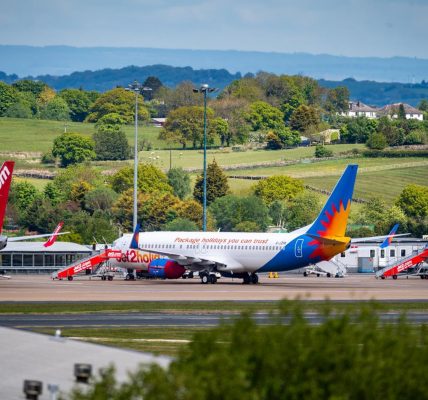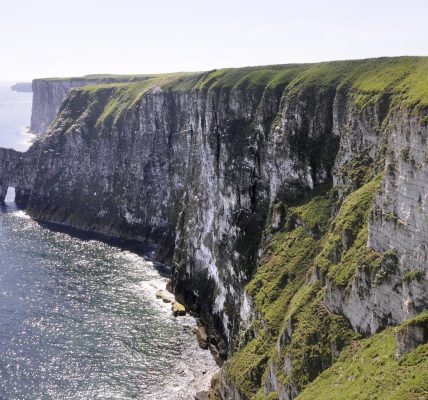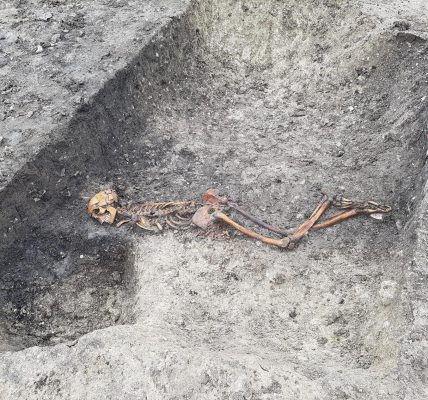These are 8 of the most popular ‘dark tourism’ destinations around the world
So-called ‘dark tourism’ sites (for example, the sites of tragedies) are drawing in more and more visitors each year, with holidaymakers looking to learn more about the more mysterious or even harrowing parts of history.
Do you want to visit any of these places?
For those looking for dark locations to visit, travel company My Late Deals has compiled a guide to some of the most popular destinations.
This museum is a memorial created as a tribute of remembrance and honour to the 2,977 people who lost their lives in the terror attacks of 11 September 2001. Tickets to the museum can be purchased up to six months in advance.
This is the largest former German Nazi concentration and extermination camp. Over 1.1 million men, women and children lost their lives here. Entry to the museum is free, but entry cards should be reserved on the website
On 6 August 1954, downtown Hiroshima was devastated by an atomic bomb, making it the first city in the world to be attacked by an A-bomb. Admission costs 200 yen (roughly 1.57). Selfie sticks and large bags are not permitted.
Radiation is still a problem in Chernobyl, but levels have lowered enough that the Ukrainian government allows visitors if they are with a tour guide and follow the rules. Banned clothing includes shorts, skirts and open footwear.
This is a highly graphic genocide memorial, with bodies, including babies, having been exhumed and preserved as they appear as they did when the killers struck. This can be extremely overwhelming and not everyone can handle it.
This is a notorious former maximum security federal prison that held the likes of Al Capone. Located 1.25 miles offshore from San Francisco, you’ll need to book space on Alcatraz Cruises to access the island.
In 79 C.E, Mt Vesuvius erupted and wiped out the whole population of Pompeii. The ash preserved much of the site, allowing insight into the life of a city during Roman times. You are allowed to take pictures for personal use.
Between 1975 and 1978, around 17,000 men, women and children were taken to the extermination camp of Choeung Ek after having been detained and tortured. Visitors are invited to learn the history at the now peaceful site.










